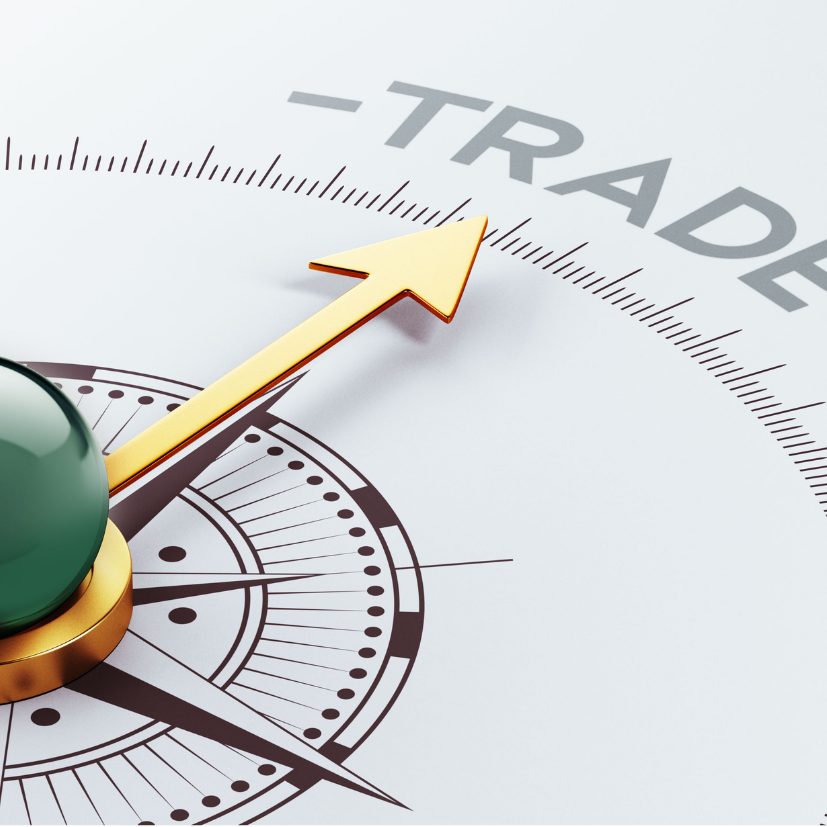Can trade finance help your business grow? Here’s what you need to know

It’s not always easy to pay for stock before you’ve had the chance to sell it. But that’s the ask many suppliers make – especially if they’re overseas. Trade finance helps fix that. It gives you the money to pay for goods up front, without tying up all your cash. It can also help you manage currency swings and plan better when dealing with foreign suppliers.
Here’s what it is and how it works.
What is trade finance?
Trade finance is funding that helps you pay for goods you’re buying from another business. Often that’s stock from a supplier abroad but it could be a UK firm too. It’s useful if your supplier wants money up front but you won’t get paid until after you’ve sold the goods. Trade finance can cover some or all of the cost and helps you trade without taking big risks with your cashflow.
It works like this. A lender pays your supplier – often up to 100% of the invoice. The goods are shipped. You get time to sell them and repay the lender later. It’s that simple. This can be a one-off deal or a rolling line like an overdraft. It suits importers and wholesalers. We often see it used by firms in retail, manufacturing, distribution and e-commerce.
When does trade finance make sense?
It’s useful when your suppliers want payment before shipping and your customers want credit. It gives you breathing room. You can meet orders fast, buy stock in bulk or take advantage of better prices – without waiting for your last order to sell.
It also works well if you’re growing fast or importing higher volumes. Instead of asking your bank for a big loan, you get a trade finance line that fits your deal flow. It can also help with seasonality. Some clients use it to fund peak-season orders or get ready for big sales periods. If your business has a ‘make now, sell later’ pattern, it’s worth a look.
What types of trade finance are there?
Most common is a standard facility that pays your supplier when you place an order. It’s often backed by the goods you buy, which lowers the risk for the lender.
Then there are letters of credit – a promise from your bank or lender to pay the supplier if the terms of the deal are met. These are often used in overseas trade where distance and language can cause delays.
You can also pair trade finance with invoice finance. You fund the stock on the way in, then release cash from the sales invoices on the way out. It gives you a full circle funding line – from purchase to sale.
What are the risks?
There are risks – late shipments, currency swings, damaged goods or buyer defaults. That’s why lenders want to know your suppliers, your buyers and the terms of your deals. We work closely with our clients to reduce risk. That might mean checking supplier credit terms, planning a clear FX strategy or using credit insurance. The right planning helps avoid problems and gives the lender more comfort.
What does a typical trade finance deal look like?
Let’s say you’re an importer in the Midlands. You’ve got a deal to buy £200,000 of stock from a manufacturer in Germany. They want full payment before shipping. You’ve got buyers lined up but you won’t get paid for 60 days.
With trade finance, the lender wires the payment to your supplier. You get the goods in 10 days, sell them over 2 weeks and use the sale proceeds to pay off the loan. You keep your cash for day-to-day costs. This setup suits firms that have strong trade links but don’t want to tie up working capital in stock. It’s also ideal if your usual lender won’t fund trade deals – which is often the case with traditional banks.
How does FX fit into all this?
If you’re paying overseas suppliers in dollars, euros or other currencies, FX costs can eat into your margin. In just one quarter this year, the GBP/USD rate moved enough to shift the cost of a £1m order by over £100,000. A good FX strategy – one that locks in a known rate or limits how much it can move – gives you more control. That’s why we partner with an FX expert to help you get this right.
How can a broker help?
Trade finance can feel like a maze – foreign rules, shipping terms, letters of credit, FX swings and paperwork. That’s where we step in.
At Evolve, we help you find the right lender for your deal and work with you from start to finish. We talk through the order, timing, currency, risks and routes. We guide you through the process – from the first enquiry to the final payment. We’re not just matching you to a deal – we’re making sure it works in the real world. No jargon. No wasted time.
What are the biggest mistakes to avoid?
Some firms wait too long to speak to us. They’re halfway through a deal, the supplier is chasing payment and they realise they’ve no cash left for shipping. Or they agree to pay in dollars, not realising how much the rate can move in two weeks.
Others think their bank will fund trade – but banks rarely do unless you’ve got a long track record. And even then, it can be slow. That’s why it’s worth speaking to a trade finance broker early. We know which lenders act fast, what rates to expect and how to get your deal through without delays.
If you think trade finance could help your business, speak to Stef Radymski, Will Smith or Nilima Begum. We’d be very happy to talk through your options.





